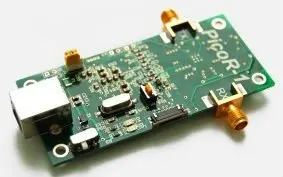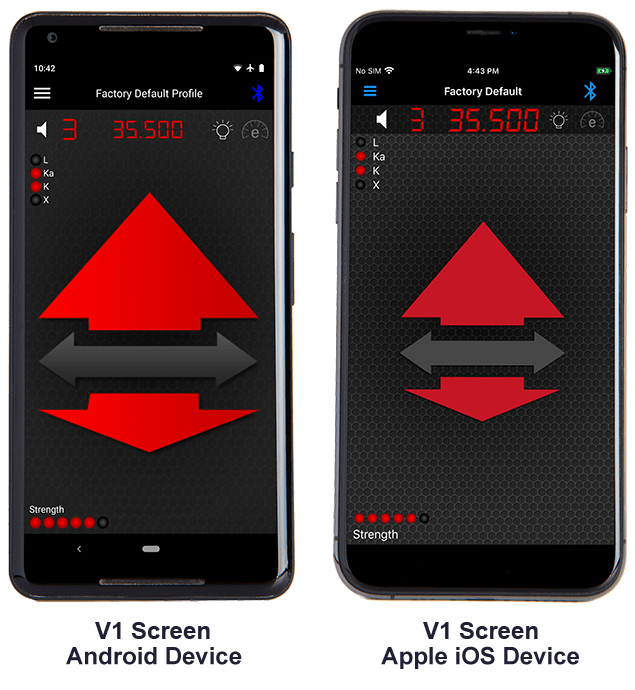

We'll discover that some special methods (unique to the '88D) are utilized to resolve range ambiguiutes. We'll find that the WSR-88D must be able to correct ambuguities (doubtful or uncertain information) in range during its pulse-to-pulse task of gathering and processing meteorological information. Simply stated, the unambiguous range is the greatest distance that a radar pulse can travel and return to the radar antenna BEFORE the next pulse is transmitted. Yet another term which is often utilized in this regard is unambiguous range. The beamwidth is expressed as the angle theta ( ), as determined by. The width of the beam, relative to two of these points located 180 apart, is called the ½ power (or the -3dB) beamwidth. Since ½-power may also be represented by the term -3dB, these points are often referred to as the -3dB points. Theoretically, each of these points should contain a power level which is half of that at the center. There are an infinite number of ½-power points located around the center of the beam. This distance, or angle, is said to be a ½-power point. At some distance (and angle) from the beam axis, this power can be found to be half of the power measured at the axis. Because the parabolic antenna is unable to focus all of the wave energy at the exact center of the beam, some of the transmitted power of the wave is spread away from the center axis of the beam. The width of the radar energy 'beam' is a critical factor in many of the calculations which are needed to determine the amount of energy that is detected in the pulses reflected from weather 'targets'. These units are measured in time increments, but since the waves travel at a known velocity, we can easily convert the time measured into distance (range) values.

If appropriate timing devices and schemes are employed, it is possible to determine the distance to the target in suitable units of measure. That is to say, the waves are interrupted for a period of time so that the wave can reach a reflecting target and a portion of the energy can return to the same antenna before the next burst of waves is transmitted. Pulsed Waves In the pulsed radar system, the electromagnetic waves are emitted from the antenna in short bursts. In order to permit the use of a single antenna, and to measure the distance from the antenna to the reflecting surface(s), the 'pulsed' wave radar system was developed, and is to be the exclusive subject of our discussion. If this occurs, there can be no method by which detection of the reflected energy could be accomplished. In a continuous wave system, such as the one discussed above, it would seem that any reflected waves which return toward the transmitter will be cancelled or obscured by interference from outgoing waves.


 0 kommentar(er)
0 kommentar(er)
